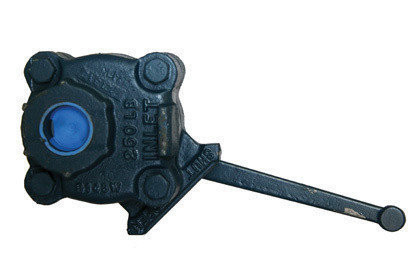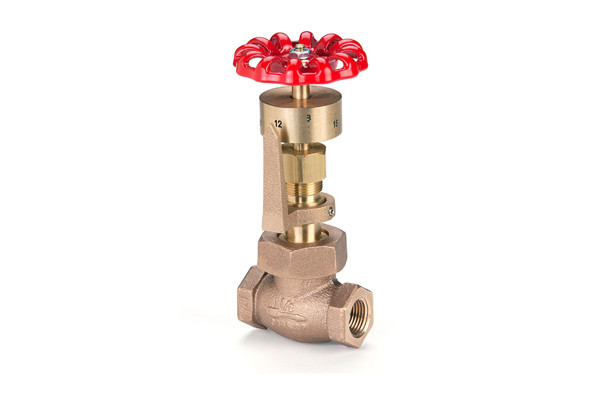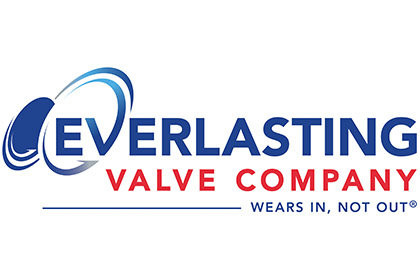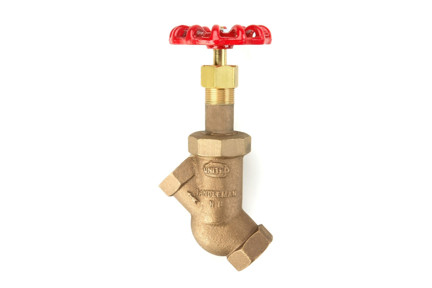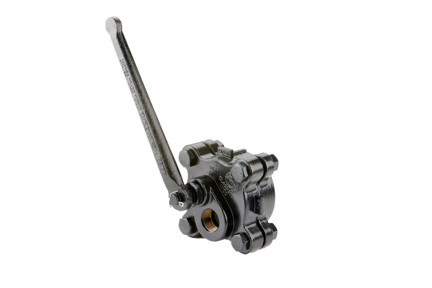Blowdown Valves
The bottom blowdown valves on your boiler help keep your boiler clean and efficient. When followed, the proper blowdown procedure can keep your boiler running clean and efficient for years to come. They are typically classified as either a quick open valve or a slow open valve in the industry. BoilerWAREhouse offers both quick open and slow open Blowdown valves in brands like Everlasting and United Brass Works.
If you do not see the part you want below, feel free to use the chat function and see if we possibly have the part you are looking for in stock.
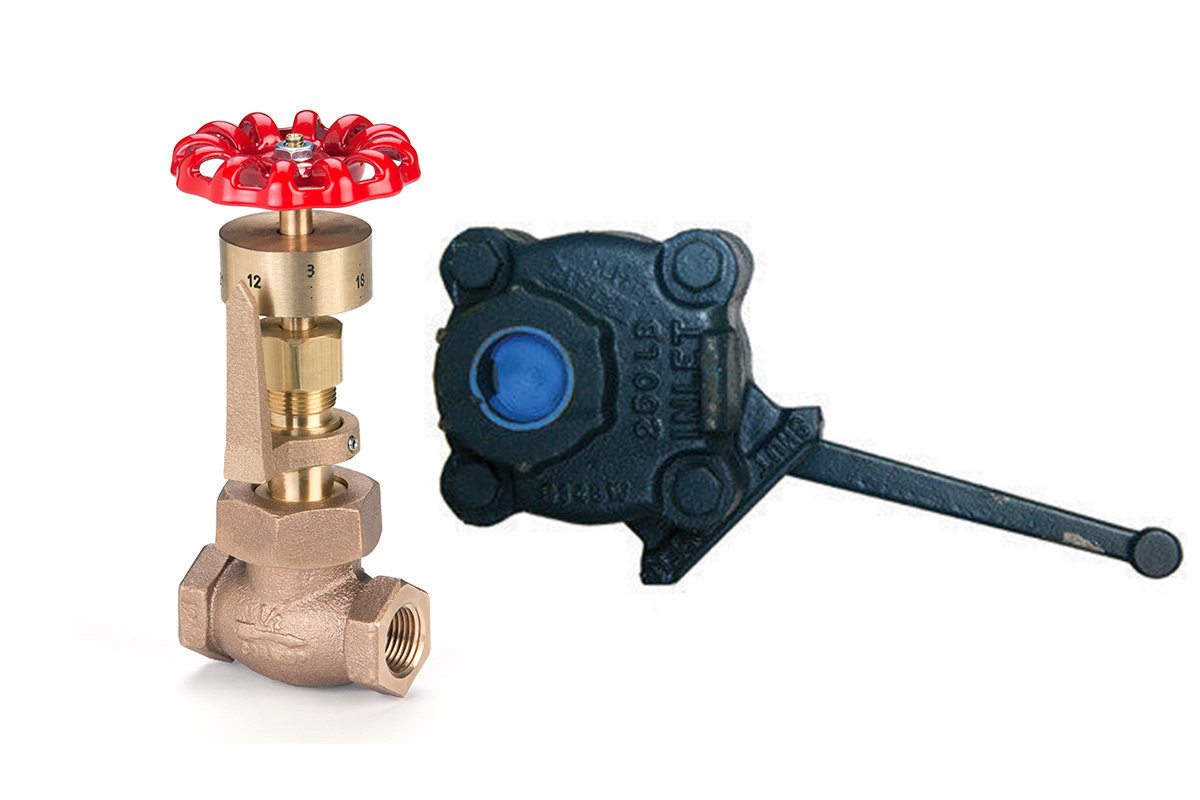
Blowdown Valves Categories
Manufacturers View all
Most Popular
-

United Brass
United Brass 226UT - 1-1/4" Threaded Blowdown Y Valve
- SKU:
- 226UT 1 1/4 20
- In Stock:
- 23 available
What is a Blowdown Valve & what is its function?
Blowdown Valves keep boilers clean. Blowdown valves are used to vent the impurities, sediment, and other solids that are present in boiler water. They are opened periodically to prevent buildup. They are also used to regulate the conductivity of the water in a boiler, because higher electrical conductivity causes scale to build up faster.
Different Types of Blowdown Valve & How to Choose
Blowdown valves come in two varieties, fast-open and slow-open. Fast-open valves act as the quick cutoff, while slow-open valves allow modulation of the water flow.
During a blowdown, the fast-open valve is opened first. This feeds the slow-open valve, which can then be opened gradually for operator safety and to prevent thermal shock to the drain pipes.
The Role Blowdown Valve Play in a Boiler
There are four locations where blowdown valves are typically installed:
- The bottom of the sight glass to keep water readings accurate
- The bottom of the boiler to remove heavier solids, sediment, and impurities
- Level with the surface of the water inside the boiler to allow floating impurities to be blown out
- The low water cutoff, to confirm that it is operating properly
How blowdown valves make a difference
Without the blowdown valve in place, sediment and other impurities would gradually build up along the inside surface of the boiler. This would not only reduce the boiler’s operating efficiency, it could also become a safety hazard by creating uneven heating and metal stress.
Blowdown valves also regulate electrical conductivity in the boiler water by regulating the amount of suspended solids. Higher electrical conductivity creates faster scale buildup, which reduces a boiler’s operating efficiency. Higher conductivity also decreases the life of the boiler by accelerating the corrosive effects of the oxygen inside.
what are the Effects of a Bad Blowdown Valve?
A blocked blowdown valve won’t vent boiler water properly. If you’re not getting a good, solid flow, it’s time to have your blowdown valve checked.
Things to Consider about Blowdown Valves:
- When the blowdown valve is opened, the water is extremely hot, and has a lot of steam pressure behind it. Always use extreme caution and be aware of your environment when operating a blowdown valve.
- Always wear proper protective equipment when operating a blowdown valve.
- Open the valve slowly. This is not only for operator safety, it also reduces thermal shock to the venting pipes.
- After completing a blowdown, momentarily crack the slow-open valve to release the pressure between the valves.
Helpful Resources
Relevant WARE Videos on Blowdown Valves
Using a Blowdown Separator in the Boiler Room
Inside of a Blowdown Separator and Differences between a DA and Condensate System
Explaining The Blowdown Separator
Importance of a Blowdown Line for Sight Glass
How to do Surface Blowdown on the Boiler
Everlasting Valves and Boiler Blowdown
Differences Between Slow and Quick Blowdown Valves
Determining If you have a Leaking Bottom Blowdown Valve
Difference between Deaerator and a Condensate Tank
Revisiting Daily Boiler Maintenance
Daily Steam Boiler Maintenance in the Boiler Room
Explore over 750+ explanatory videos on boilers and boiler systems on our Youtube channel. Our videos can help you quickly grasp complex boiler topics. Watch more here!
Relevant WARE Blog Articles on Blowdown Valves
Explaining The Blowdown Separator
Boiler Blowdown – How Doing the Simple Things Can Optimize Your Boiler Operation
Planning a Rental Boiler Contingency
Daily Steam Boiler Maintenance in the Boiler Room
Our informative and educational blog content can help you gain a deeper understanding of the boiler room. Read more here!
Technical Documents
Blowdown Valves FAQ
How do I know when to blow down my sight glass?
If your sight glass water is cloudy, or if you notice any solids settling inside, it’s time for a blow down.
How long do I blow down my boiler?
For high conductivity, a blowdown should last no more than fifteen seconds to avoid running the boiler water down.
For a low-conductivity blowout, just a few seconds usually does it.
How do I check my conductivity?
There are two ways to check a boiler’s conductivity:Measuring the total dissolved solids – the higher the total dissolved solids, the higher the conductivityUsing a conductivity sensor – measures conductivity electronically
